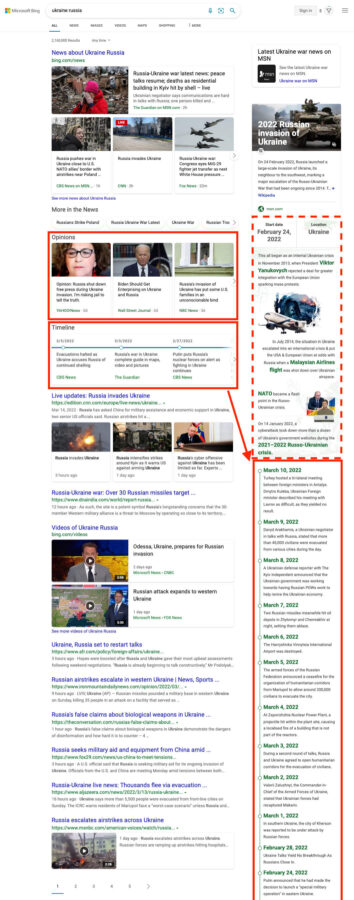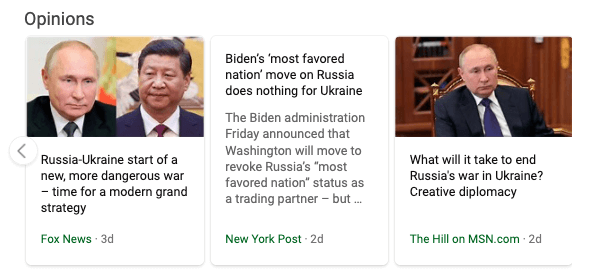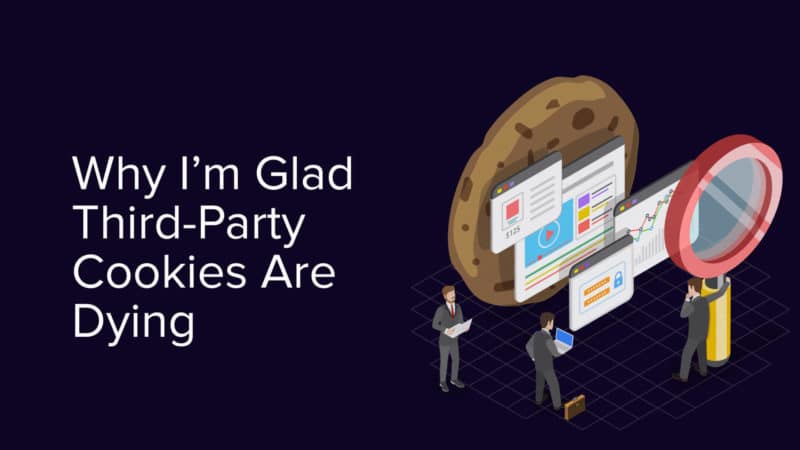Google Performance Max campaigns: What marketers should know
More and more marketers are turning to Performance Max, Google’s goal-based ad campaign format that helps target customers that are most likely to convert. Its automation capabilities have made it an inviting option for those looking to enhance their search campaigns.
“It’s a new goal-based campaign that aims to increase online sales, generate more leads and drive more store visits to physical business locations,” said Rodney Ip, global product lead of Google Ads, at SMX Next. “It’s designed to run alongside keyword-based search campaigns so you can easily drive more conversions across the full range of search, display, YouTube, Gmail, and Discover formats, all from a single campaign.”
“Performance Max puts your business goals front and center, and prioritizes these above other signals by inputting your specific conversion goals,” he added.
Performance Max is designed to complement keyword-focused search campaigns through automated bidding and targeting. Marketers looking to expand their customer reach and place a greater emphasis on goal completions won’t want to ignore all that these campaigns have to offer.

Ip illustrated the benefits of cross-channel automation by using a fishing analogy: fishing in multiple ponds versus fishing in the ocean. Using single-channel campaigns is much like the former; you may catch a big fish but it’s difficult to know if you’re missing other big fish in the other ponds.
“Cross-channel optimization in Performance Max is a lot more like fishing in the ocean,” he said. “With all of Google Ads’ inventory combined, you can use automation and Performance Max to cast a wider net in one body of water where you can easily catch all of the biggest fish. Use Performance Max to find new customers wherever they are and simplify your campaign management.”
Source: Google Performance Max campaigns: What marketers should know
Bing’s ‘Russian invasion of Ukraine’ results show Opinions section and timelines
Microsoft Bing’s search results for queries related to the conflict in Ukraine show an Opinions section and two timelines (one in the main column and another in the knowledge panel).

The Opinions section. On Bing, news results typically appear in the “News about” section (at the top of the example above; this feature is similar to Google’s Top Stories section) or in the standard, non-rich result listings.
However, media outlets often publish opinions and commentary on current events from non-staff writers. Bing has started highlighting these types of results in their own section, “Opinions.”

For the query [Ukraine Russia], the Opinions section included six results from different media outlets. When a featured image isn’t available, Bing will show a preview of the article (as shown above).
The timelines. For associated queries, Bing may show up to two timelines: the horizontal timeline that appears in the main column of search results and the vertically oriented timeline within the knowledge panel (on the right-hand rail of the search results).
The timeline within the knowledge panel begins on August 24, 1991, when Ukraine became an independent state following the dissolution of the Soviet Union and includes prior events, such as the annexation of Crimea, that have led to the current state of Russo-Ukrainian affairs.
The horizontal timeline in the main column only shows events from February 9 until March 5 (the screenshot below was taken on March 14).
Source: Bing’s ‘Russian invasion of Ukraine’ results show Opinions section and timelines
Why I’m glad third-party cookies are dying

If you’re a data nerd like me, this year promises to be an exciting time — and a potentially dangerous one if you don’t have a game plan for adapting to the changes headed your way.
Ever since GDPR was rolled out in Europe back in 2016, the rules for how marketers can collect and use data have been getting stricter and stricter, but the real hammer blow will hit next year.
In 2023, Google says it will stop supporting third-party cookies in its Chrome browser, which represents about two-thirds of the global browser market. Google is following the lead of Apple and Mozilla, which already block those kinds of cookies in their Safari and Firefox browsers.
This represents a huge change because third-party cookies have been a go-to solution for measuring digital ad performance. For one thing, once Chrome goes dark, it will be almost impossible to see view-through conversions, i.e., if someone who viewed one of your ads didn’t click it but came to your website sometime later and converted.
(A lot of ad targeting options will probably disappear, too, though Google and others are trying to build replacements.)
Agencies and brands are freaking out because third-party cookies have been key to how they show their stakeholders that digital advertising isn’t a wasted effort.
Here’s the thing, though: Third-party cookies have never been a good way to demonstrate value – not value as most businesses define it, at least.
Source: Why I’m glad third-party cookies are dying
8 SEO costs that impact your ROI
One of the most common questions about SEO is “how much does SEO cost?” And to be honest, it can be tough to answer.
So many variables go into SEO costs. Some are obvious, while some are not. With SEO, it comes down to getting what you pay for, like most things in life.
SEO is an investment but one that’s sure to pay off in the long run – if you invest correctly.
The two largest (and obvious) SEO expenses
The two main factors contributing to SEO cost are the people (in-house and/or the agency you hire to help you) and the SEO software and tools you invest in. This will be where the bulk of your cost comes from.
Let’s break them down.
There are pros and cons to hiring someone to manage your SEO in-house vs. hiring an agency with an SEO team to assist you in optimizing your website. I won’t go too far down that rabbit hole. Just remember that you get what you pay for, regardless of what you choose to do.
Source: 8 SEO costs that impact your ROI
More news:
Google launches automated vehicle ads

